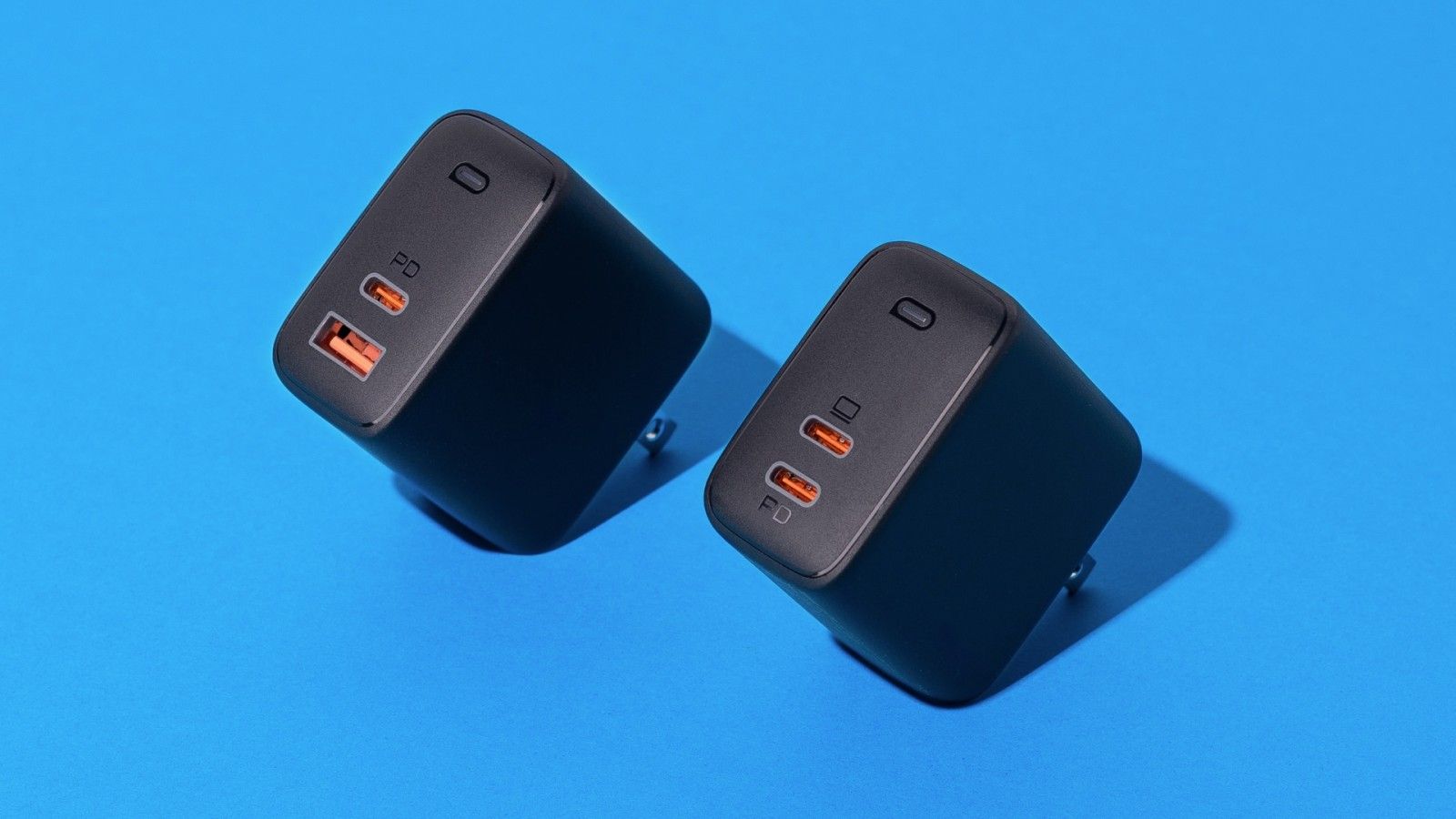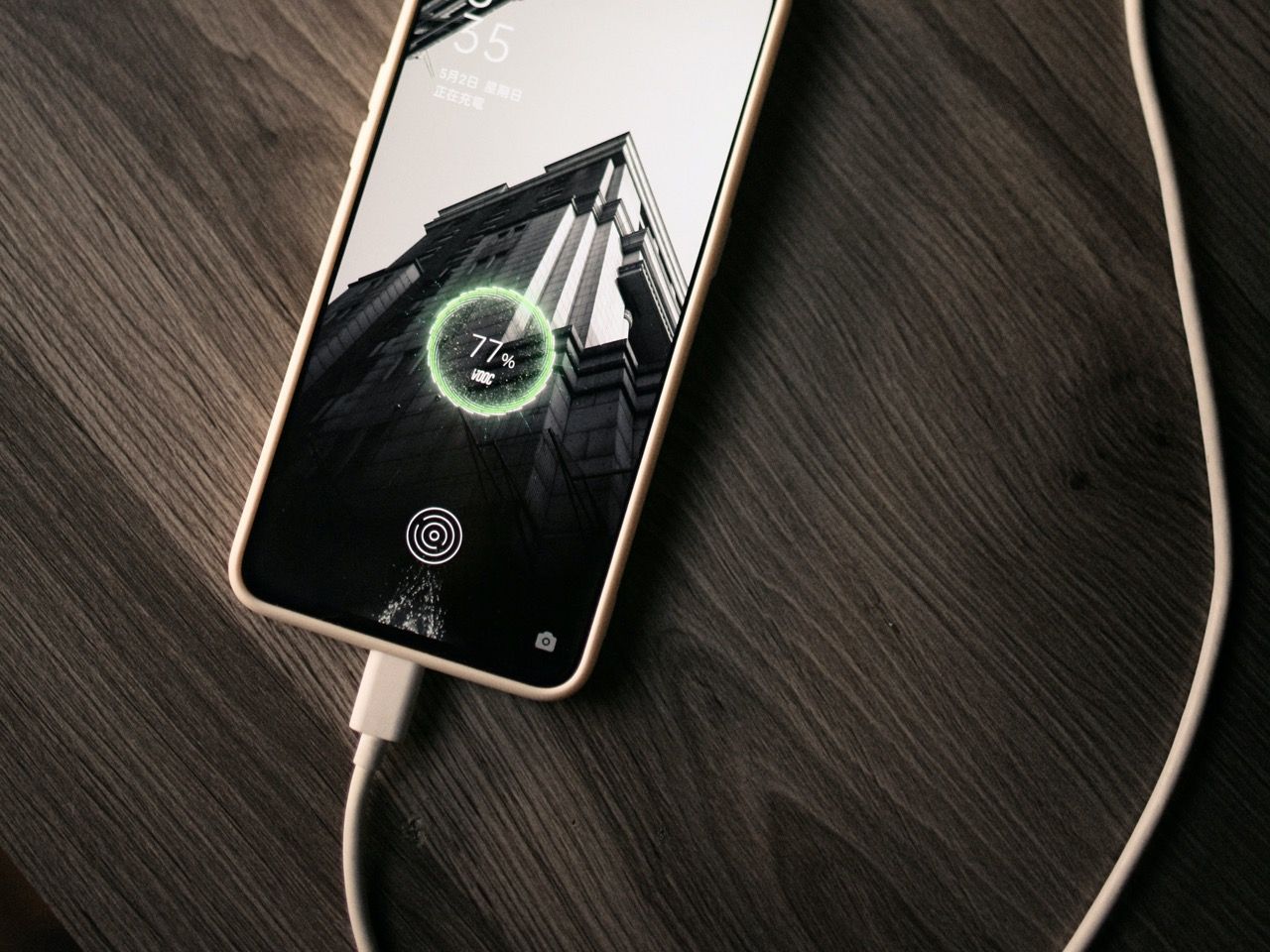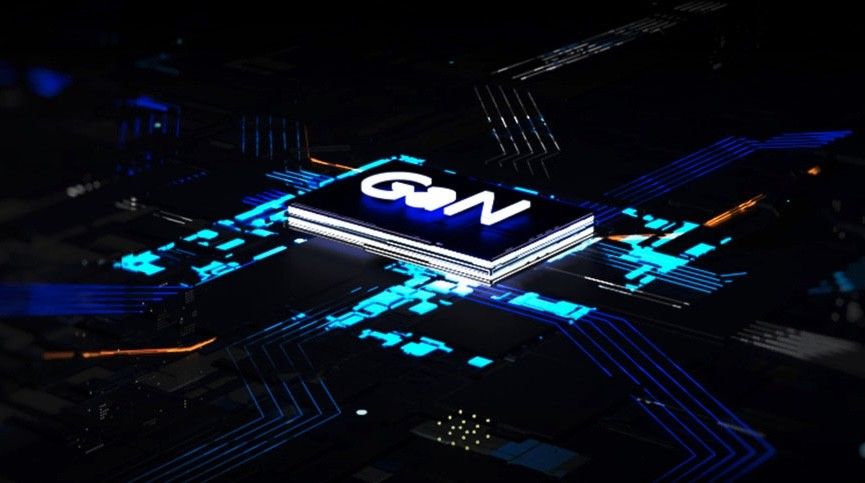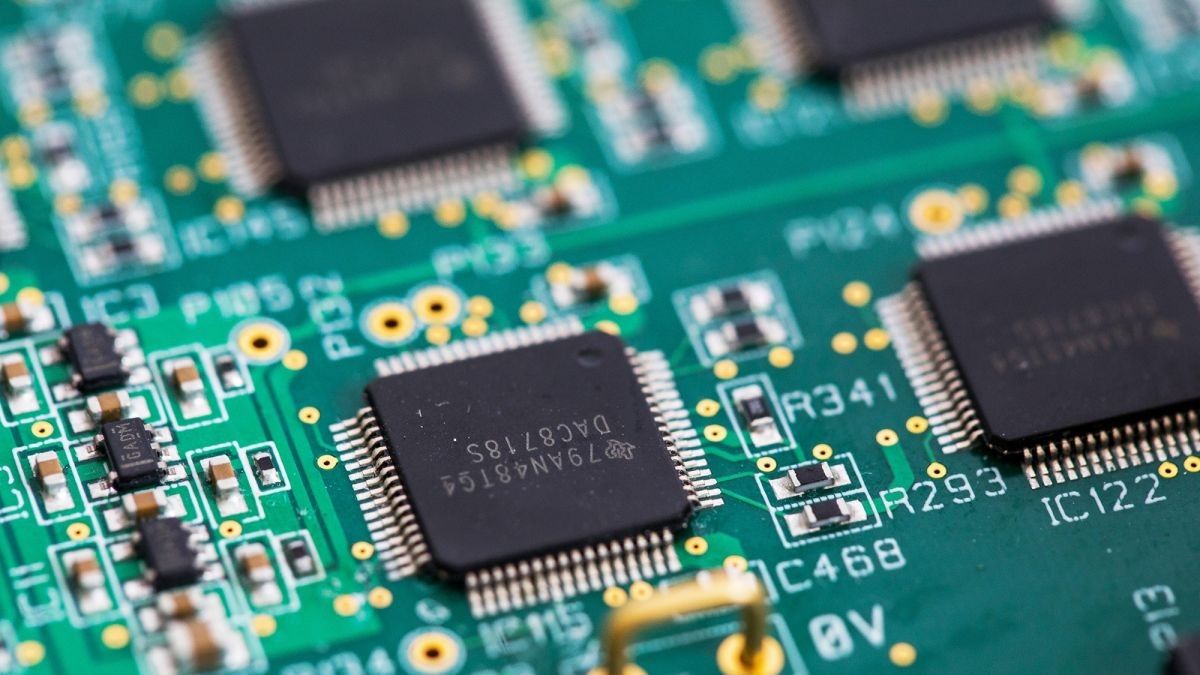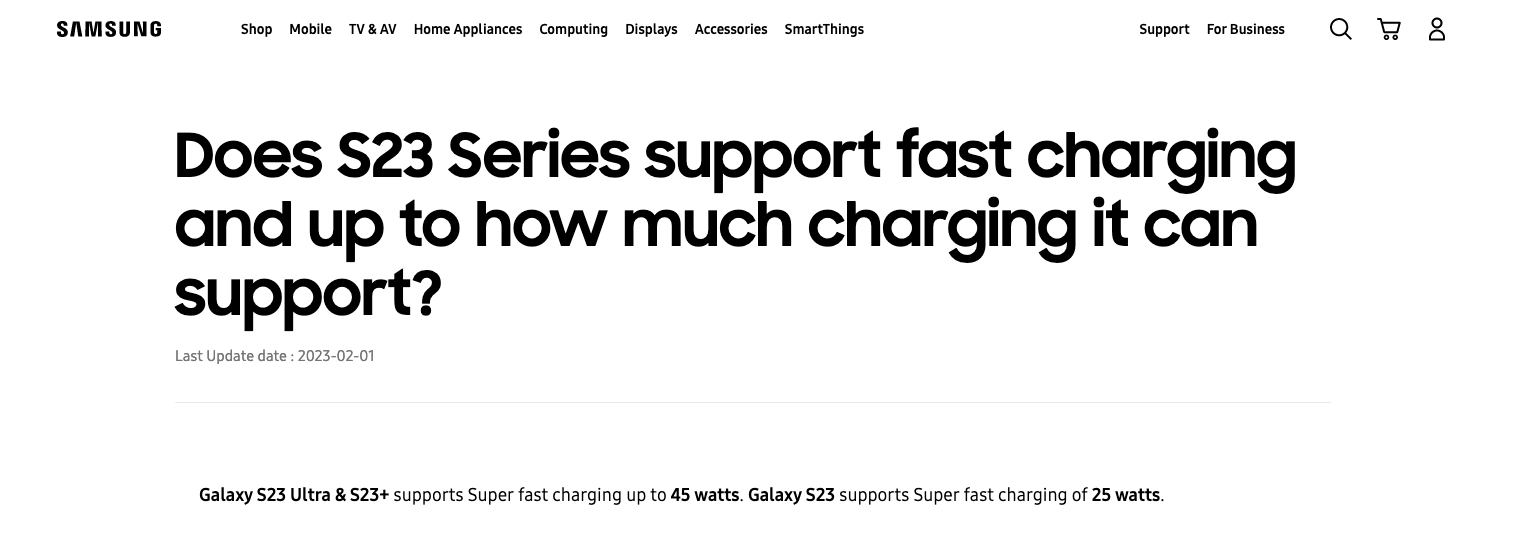Most of the best smartphones available nowadays no longer come with a charging adapter in the box. You either have to buy a new one or continue using your old charger. When you search for chargers on Amazon, you'll often come across the term "GaN charger." But what exactly is GaN technology, and how does it make charging adapters better? Let's find out.
What is GaN, and why is it used in the chargers?
In today's world, charging technology for smartphones is just as important as their battery performance. It's no longer 2010 when we could swap smartphone batteries whenever we wanted. Now, we need to leave our smartphones plugged in for a while to ensure they last all day. To make this process faster (and charging times lower), companies have been increasing the power wattage of chargers. This increase enables smartphones to support quick charge and fast-charge technologies.
However, this can result in bulky chargers. So, alongside making the process of charging faster, companies have also been working on making power adapters smaller. And that's exactly where GaN technology comes in. GaN stands for Gallium nitride. It's a semiconductor material that gained prominence in the 1990s and is starting to (gradually) replace silicon in gadgets. It was first used for manufacturing LEDs, but today, it's used in a variety of areas, including chargers. But to understand the full context, you will need to understand how fast charging works and how GaN makes it easier.
Before the introduction of fast charging to the world of batteries, most of the chargers were limited to five-watt speeds. In fact, even recent devices like the iPhone SE (2020) came with slow charging adapters. Companies did this to avoid overheating a battery and to avoid shortening the life span of the battery. However, as fast charging technologies emerged, chargers became larger and generated more heat. This is where GaN comes to the rescue.
GaN-based chargers produce less heat than traditional silicon-based chargers, therefore allowing for component to be placed more compactly. As a result, the size of the chargers can be smaller, enhancing portability and overall usability. Not only this, but GaN also enables chargers to be compact all while maintaining their power capabilities and ensuring compliance with safety standards. Thanks to GaN technology, chargers can be smaller and more efficient than ever before.
Some advantages of GaN
Faster Power Delivery: Modern-day chargers are computers themselves. Based on the device connected, they can judge the amount of power to be delivered, among other things. With GaN, this process becomes faster. With GaN, this process becomes faster, in comparison to the silicon-based chargers. Moreover, GaN chargers can deliver current efficiently and maintain high wattage for longer periods without overheating.
Universal Charging: Since GaN chargers can recognize the connected device and adjust the current accordingly, only a single port can be used for charging all the devices. This means you can use a 100W GaN charger without any issues for both charging your iPhone and your MacBook. The charger will adjust the current to be delivered ensuring safe charging.
Compact and Portable: Unlike older silicon chargers, GaN chargers are smaller and easier to carry around. They generate less heat, allowing components to be placed closer together. This means GaN chargers have a similar size to traditional chargers but can deliver high currents for longer durations without overheating.
Why are there no GaN computers then?
GaN is primarily used for high-power applications like chargers, power adapters, and power amplifiers, but isn't used in traditional computing devices like computers and smartphones. This is due to the fact that while GaN offers advantages for power delivery and efficiency, it may not be the best fit for the complex circuits needed in CPUs, GPUs, and other computing components.
For computing devices, companies rely on good-old silicon since it offers excellent performance, reliability, and can be easily for manufacturing integrated circuits. Switching to GaN will require manufacturers to tweak their design and will have to adapt to the new system. Moreover, GaN production is still not defect-free. In comparison to Silicon chipsets, GaN has over a million times more impurities per square centimeter.
With more R&D on the material, you can expect GaN to replace Silicon eventually. However, for now, GaN is mainly utilized in charging-related gadgets. Now, onto the next question: how can you determine if your smartphone supports GaN charging?
How do I know if my smartphone supports GaN charging?
Most modern smartphones, such as the Galaxy S23 series, Pixel 7, and the iPhone 14 series, support fast charging. However, if you're unsure if your smartphone supports GaN fast charging or not, the best way to know is by checking the official product page. Manufacturers usually mention details about fast charging support in the smartphone's specifications or marketing materials. If you still cannot determine if your smartphone supports GaN charging, then we recommend checking out the product packaging or in the official documentation.
You will also need to note that there are different fast charging technologies, like Power Delivery (PD) or Quick Charge (QC), and you will need to make sure that your smartphone also supports the same fast charging standards as the GaN charger. If you're looking for some recommendations, check out some of the best GaN chargers on the market from Anker, Belkin, Spigen, and more down below.
Best GaN chargers you can buy in 2023
One great advantage of purchasing a GaN charger is its versatility. Besides charging your smartphone, you can also use it for other devices like laptops and iPads, provided it can deliver enough wattage. These chargers typically come with multiple ports, making them ideal for travel, as you only need to carry one adapter for all your gadgets. Here are some of the best GaN chargers that you can buy in 2023:
-
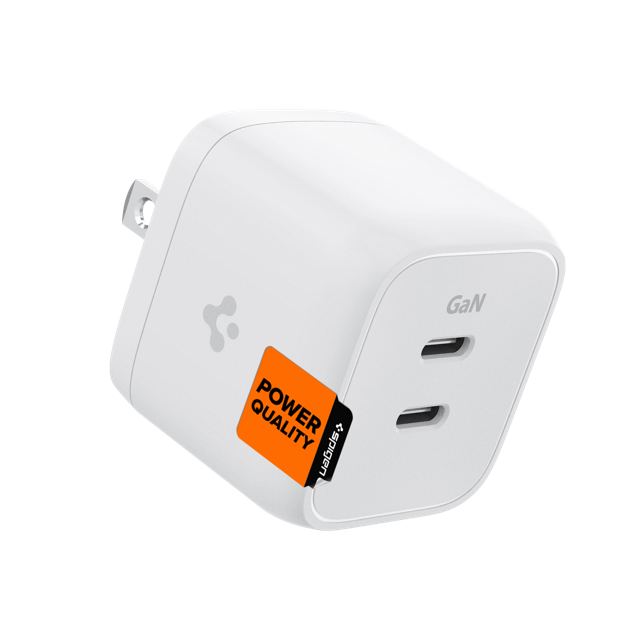
Spigen ArcStation Pro GaN 452
The Spigen ArcStation Pro GaN 452 offers a total of 45W power output and two USB-C ports. This AirPods Pro-sized Super Mini charger can charge iPad and iPhone at the same time.
-
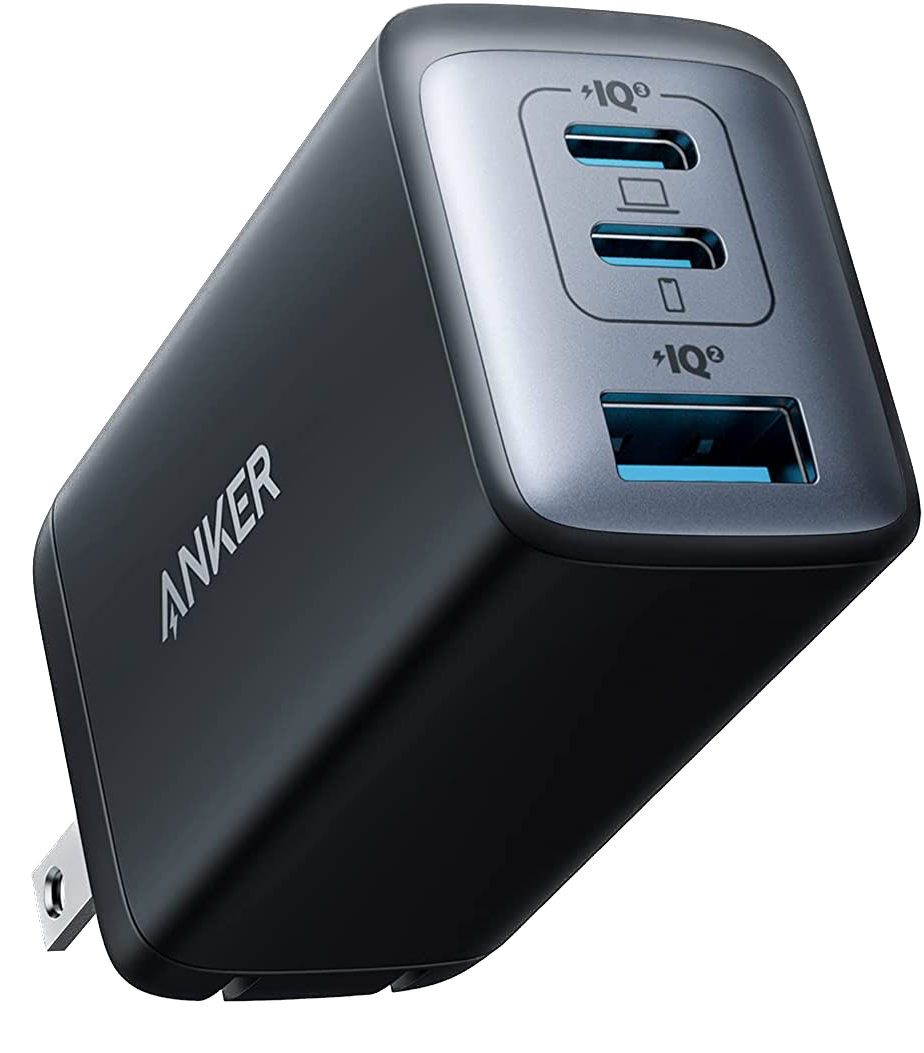
Anker Nano II 65W
$32 $56 Save $24The Anker Nano II 65W charger comes with two USB-C ports and a USB-A port for convenient charging. It lets you charge multiple devices simultaneously, and the GaN II technology provides efficient and cool charging in a small form factor to be even more portable. The charger can also charge 2020 MacBook Pro 13-inch devices at max speed.
-
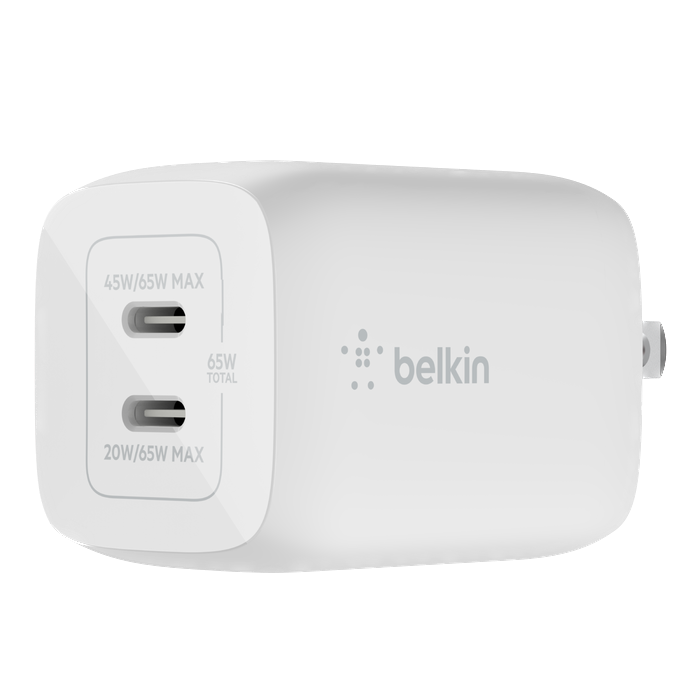
Belkin 65W GaN 2-port USB-Charger
Belkin's 65W Dual USB-C Wall Charger has two ports to fast charge two devices simultaneously. It features Power Delivery 3.0 and GaN technology for fast and efficient charging. It charges deliver up to 65W via a single port or 45W plus 20W when using both ports.
-
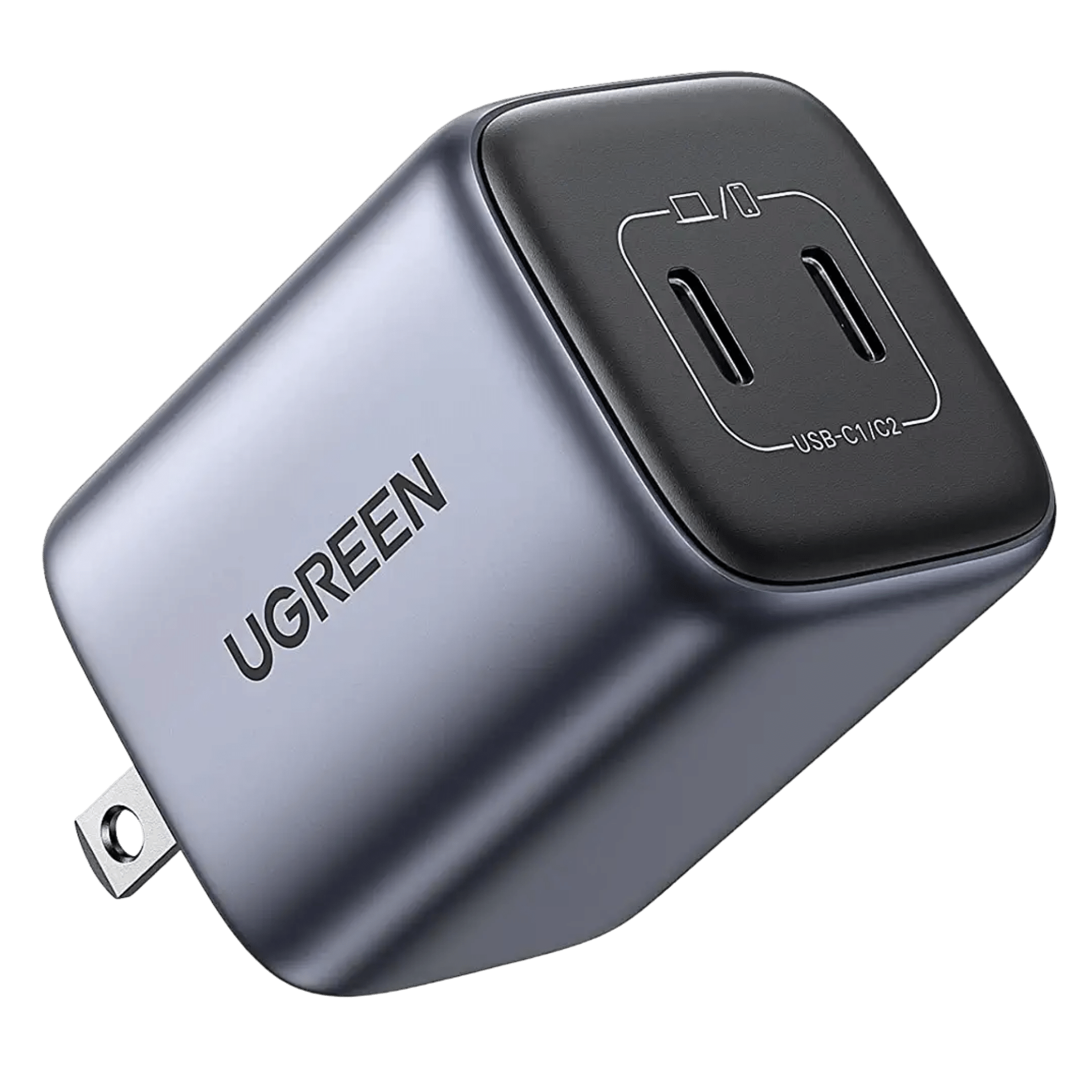
UGREEN Nexode Mini 45W
UGREEN's Nexode Mini offers 45W charging in a highly compact package that's priced quite fair, in our opinion. Its foldable prongs and build quality aren't second to many in the market.
-

EHO 100W USB-C GaN Charger
EHO GaN charger offers 100W of total output. You can use it to charge not only your Pixel 7 but also your MacBook and other laptops. It comes with 3 USB-C ports and one USB-A port.
-
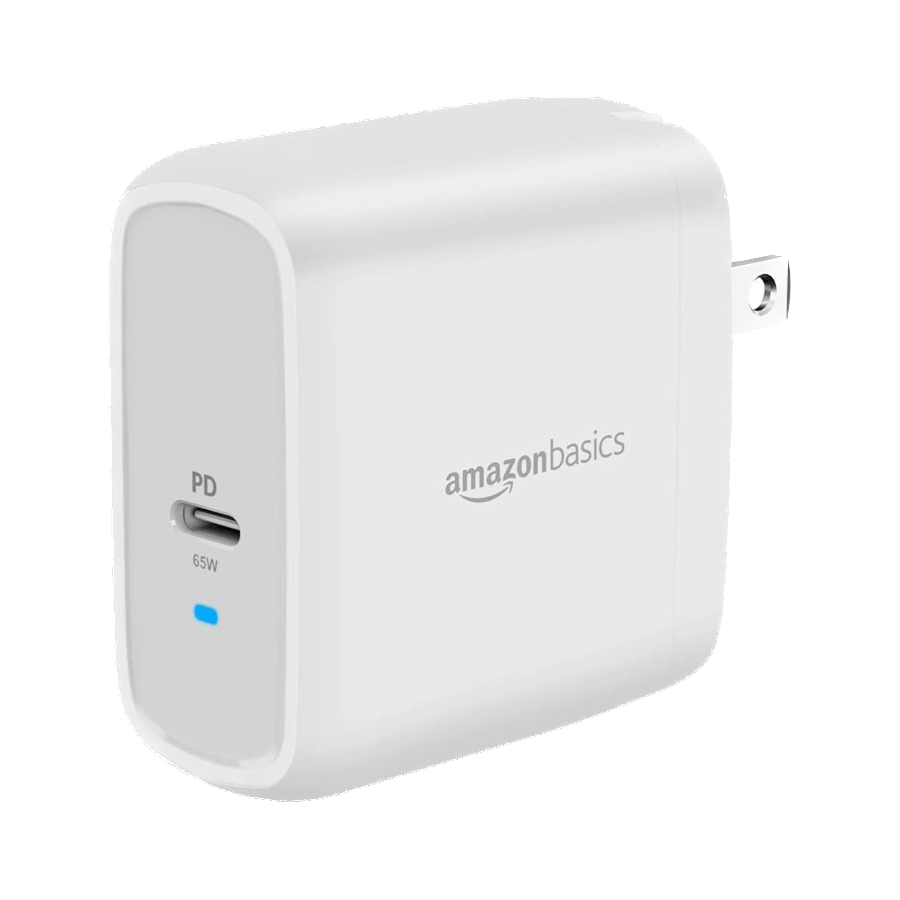
Amazon Basics 65W GaN Charger
Amazon Basics offers an affordable 65W GaN charger with a single USB-C port, capable of charging your Galaxy S23 Ultra at maximum speed. Additionally, its foldable plug enhances portability, making it a perfect travel companion.
If you're still unsure about which charger to get for your smartphone, fret not. We have some helpful guides that list the best chargers for the most popular devices right here:

